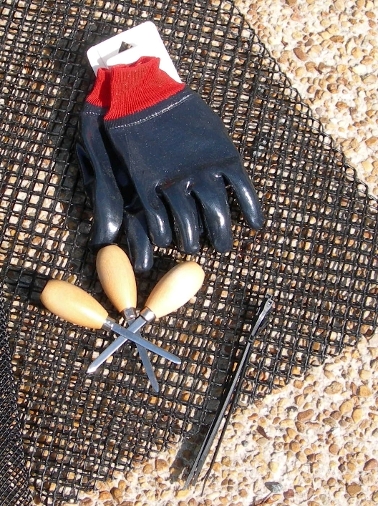
Like a snail shell becoming a home for a hermit crab, old oyster shells become a nursery for the next generation. Although several species of oyster can live on muddy bottoms, they thrive when able to attach to a hard surface (another reason to leave shells on the beach!). If you look closely at an empty oyster shell on a Puget Sound beach, you may be able to see spat-which can look like anything from a small black dot to a fingernail-sized small oyster-clinging to it. This allows Olympia oyster larvae to have slower rates of growth and shell-building during this phase, possibly easing the energetic burden of trying to build a shell in conditions of OA. But Olympias are unique in another way: most oysters are broadcast spawners, while Olympias brood their young for 10–12 days, during that critical period of initial shell formation. For example, unlike many oyster species, our native Olympia oysters show no negative effects when exposed to different levels of OA. It also reduces the risk of over catch and fowling reducing the work load. This unique design helps the oyster develop a uniform shape and increases the growth rate in the early stages of growing from a spat to an oyster. We also know the changing chemistry of the ocean is a complex process with varying effects from species to species. The Zapco Tumbler is perfect for growing out spat from 3 mm to fully grown oysters.

Ocean acidification (OA) has been shown to cause delay of shell formation, weaker shells, and therefore increased mortality in larval oysters, as well as decreased growth and shell-building in adult oysters. At this point, the young creature switches from building a shell of aragonite to building one of calcite. The larva continues life in the form of plankton for the next two to three weeks, feeding on microalgae, until it grows a foot to stick down to a hard surface. Pacific oysters, for example, begin building their shells 14–18 hours after the egg is fertilized, laying down a shell made of aragonite. As an animal’s body pulls calcium carbonate from the water, it may be laid down in different formations, mostly commonly either calcite or aragonite, to form a shell. We know that ocean acidification decreases the amount of calcium carbonate building blocks available in the water for these and other shell-building animals to use as they grow. Five species of oysters are cultivated for food in the Puget Sound region: the Kumamoto (Crassostrea sikamea), the Pacific (Crassostrea gigas), the Eastern (Crassostrea virginica), the European (Ostrea edulis) and-the only native species-the Olympia (Ostrea lurida).


 0 kommentar(er)
0 kommentar(er)
